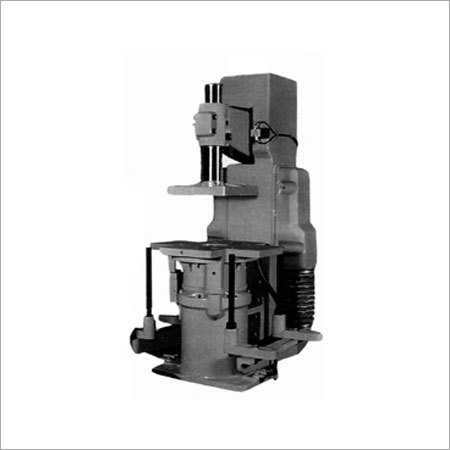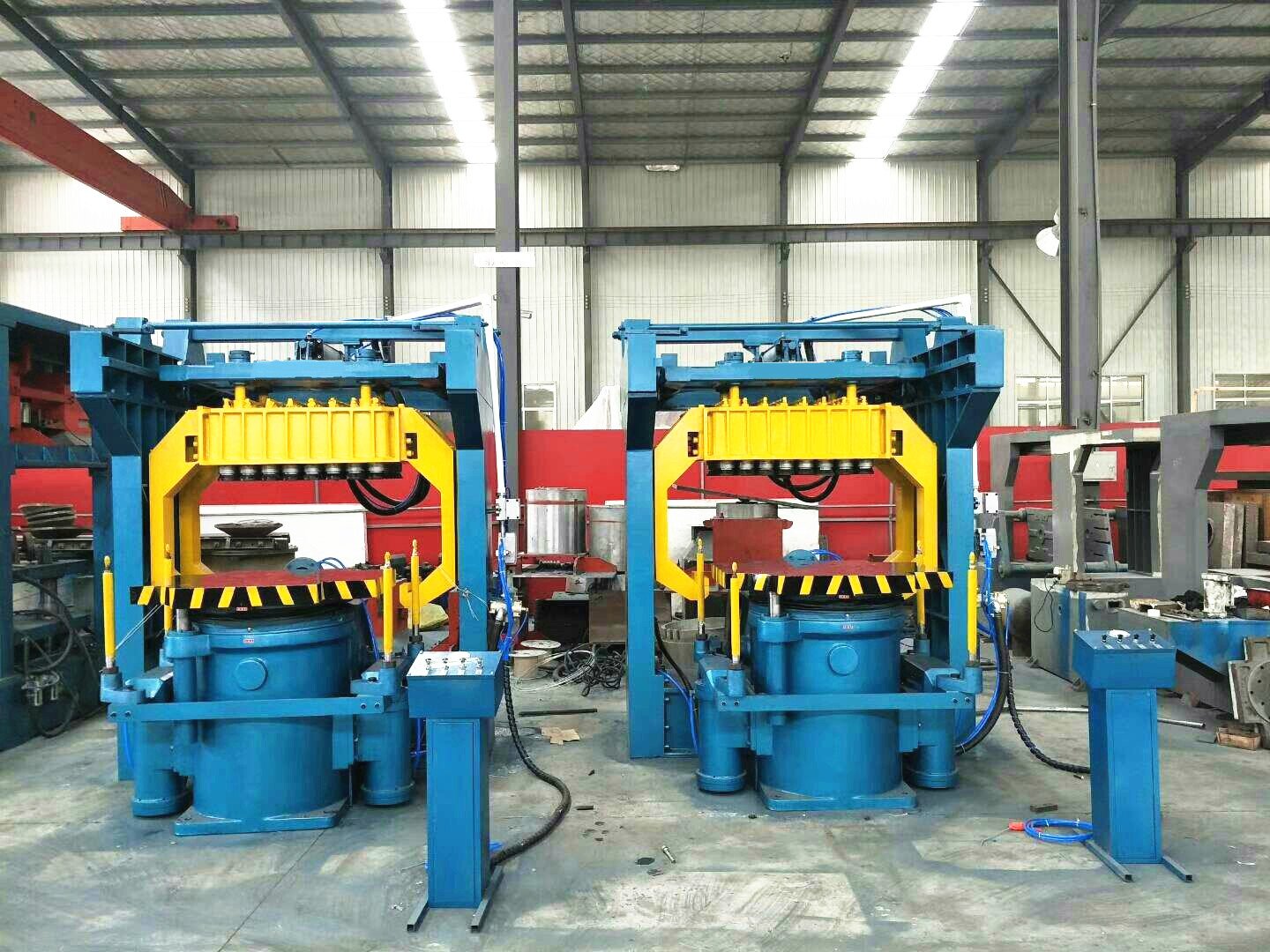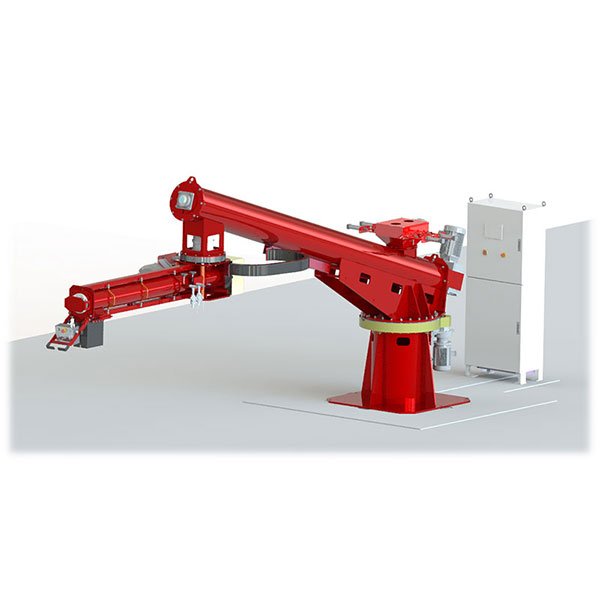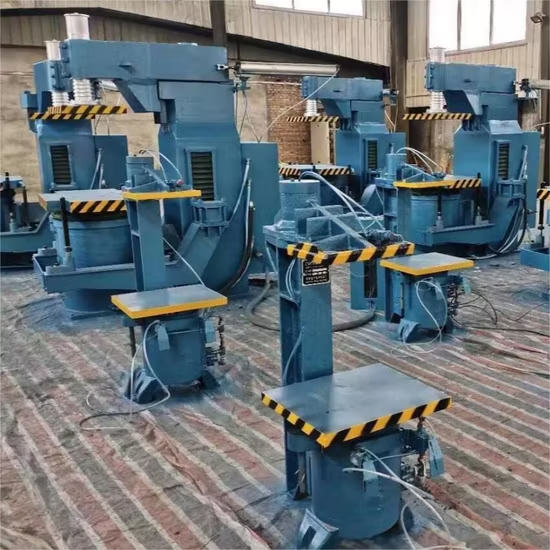
When you run a small foundry, every dollar counts and every square meter matters. I’ve seen too many shops get stuck trying to juggle quality and cost, and it often ends in frustration.
A jolt squeeze molding machine can help small foundries produce consistent, higher-quality castings without huge investments or floor space sacrifices.
I’ve watched clients move from manual ramming to these compact machines, and it completely changed how they work. Let’s talk about why.
Why Small Foundries Need Jolt Squeeze Molding Machines
I still remember a customer who swore by manual ramming. He believed that “hands-on” always meant better control. But after countless surface defects and high scrap rates, he realized a jolt squeeze machine wasn’t a luxury — it was a survival tool.
A jolt squeeze molding machine uses vibration (jolt) and strong squeezing force to create denser, more uniform sand molds.
The key benefits:
- More consistent molds, even across different operators.
- Stronger sand compaction, reducing porosity and blowholes.
- Faster production cycles, so you can meet more orders without overtime.
- Lower dependency on skilled manual labor, which is getting harder to find.
In smaller shops, every piece matters. Better molds lead to fewer rejections, which means more usable castings and higher profit margins.
Key Features to Look for in Jolt Squeeze Machines
Some buyers think "the bigger, the better," but that’s rarely true in small foundries. Choosing a machine that fits both your space and your workflow is critical.
- Compact footprint: You don’t want a machine that eats up your entire floor.
- Flexible flask compatibility: Ability to handle different flask sizes saves future headaches.
- User-friendly controls: You want your team focused on making parts, not decoding manuals.
- Easy maintenance: Machines that are easy to clean and service reduce downtime dramatically.
- Sufficient squeeze force: Look for models that balance power and precision.
| Feature | Why It Matters for Small Foundries |
|---|---|
| Compact Size | Fits tight shop layouts |
| Flask Flexibility | Adaptable for various patterns |
| Simple Controls | Less training time |
| Easy Maintenance | Avoid expensive service calls |
| Strong Squeeze Force | Improves final casting quality |
A small shop I worked with had an old machine they kept "patching up" to save money. Once they upgraded to a model with modular parts and simpler maintenance access, their downtime dropped by half — and they finally had time to focus on new business instead of daily repairs.
Top Types of Jolt Squeeze Machines for Small Shops
There’s no one-size-fits-all. Each machine type serves a different strategy and budget.

Compact Pneumatic Machines
Great for shops scaling up gradually. Small footprint but strong compaction. Just remember: you’ll need a reliable air supply.Manual Machines
Lowest initial cost and easy to understand. Ideal for shops just getting started or running very small batches.Semi-Automatic Machines
A favorite among my clients who want balance. Faster cycles, lower operator fatigue, and still affordable.
| Type | Best For | Pros | Cons |
|---|---|---|---|
| Pneumatic | Medium batch growth | Compact, strong squeeze | Needs compressor |
| Manual | Entry-level, tight budgets | Simple, very cheap | Slow, labor-heavy |
| Semi-Automatic | Small shops scaling up | Faster, better repeatability | Higher upfront cost |
If you plan to grow or expect tighter tolerances in the future, I usually suggest at least a semi-automatic machine — it gives you more flexibility down the road.
The Real Pros and Cons

Pros:
- Faster mold production
- Less reliance on hard-to-find skilled labor
- Improved repeatability and surface finish
- Compact options fit small shops
- Easier to train operators
Cons:
- Higher initial investment
- Limited to small and medium castings
- Needs consistent sand quality
- May require air or hydraulic setup
A customer of mine once hesitated because of the price tag. Six months later, he told me the machine "paid for itself" through fewer defects and lower labor costs. The numbers don’t lie.
When to Upgrade or Replace Your Machine
Staying small doesn’t mean standing still.
Here’s when you know it’s time:
- Your output has doubled, but your molds can’t keep up.
- You’re getting more complex casting jobs with tighter specs.
- Repair costs on your old machine are piling up.
- Your operators complain about fatigue or safety issues.
- New clients require stricter quality standards.
In my experience, gradual upgrades work better than big leaps. Many shops start with manual or semi-auto jolt squeeze machines, then add automation features as orders and budgets grow.
Practical Buying Checklist
The best machine is one that works for you today but doesn’t limit you tomorrow.
- Define monthly output → Make sure the machine cycle time matches your needs.
- Measure your floor space → Consider maintenance and operator walkways.
- Set a realistic budget → Include installation, tooling, and spare parts.
- Evaluate supplier support → Ask about training, spare parts, and service turnaround.
- Check for future upgrades → Can you add automation modules later?
| Criteria | Suggested for Small Foundries |
|---|---|
| Output Volume | 500–5,000 molds/month |
| Machine Footprint | Under 10 m² |
| Budget Range | $3,000–$12,000 USD |
| Training Time | 1 day max |
| Service Response | <48 hours preferred |
From my network, I’ve seen great results with:
- EMI/Osborn Ram-Jolt® – Reliable and well-supported in North America.
- Qingdao Bestech – Affordable for first-time upgrades.
- Huachuan (Z14 series) – Quiet and precise.
- Antai Heavy Industry – Good for growing foundries planning phased upgrades.
- Rollytech & Sanzhuji – Consistent for small-scale repeat jobs.
FAQs

Which sand is best?
Silica-based green sand with bentonite works great. It gives strong molds and good gas permeability.
How often do I need maintenance?
Check every 300–500 cycles. Weekly lubrication and post-shift cleaning keep things smooth.
Can I add automation later?
Yes! Many jolt squeeze machines can integrate pattern draw automation, flask shuttles, and timers later on.
What flask size should I pick?
Around 400x500 mm is common for small castings. Just ensure it matches your machine’s capacity.
Do I need air or hydraulics?
Pneumatic models need compressed air. Manual doesn’t. Some semi-automatics use hydraulics for higher squeeze force.
Conclusion
Investing in a jolt squeeze molding machine might seem like a big step for a small foundry, but from what I’ve seen, it’s one of the most practical upgrades you can make. Better molds, fewer rejects, and happier customers — that’s worth every penny.







